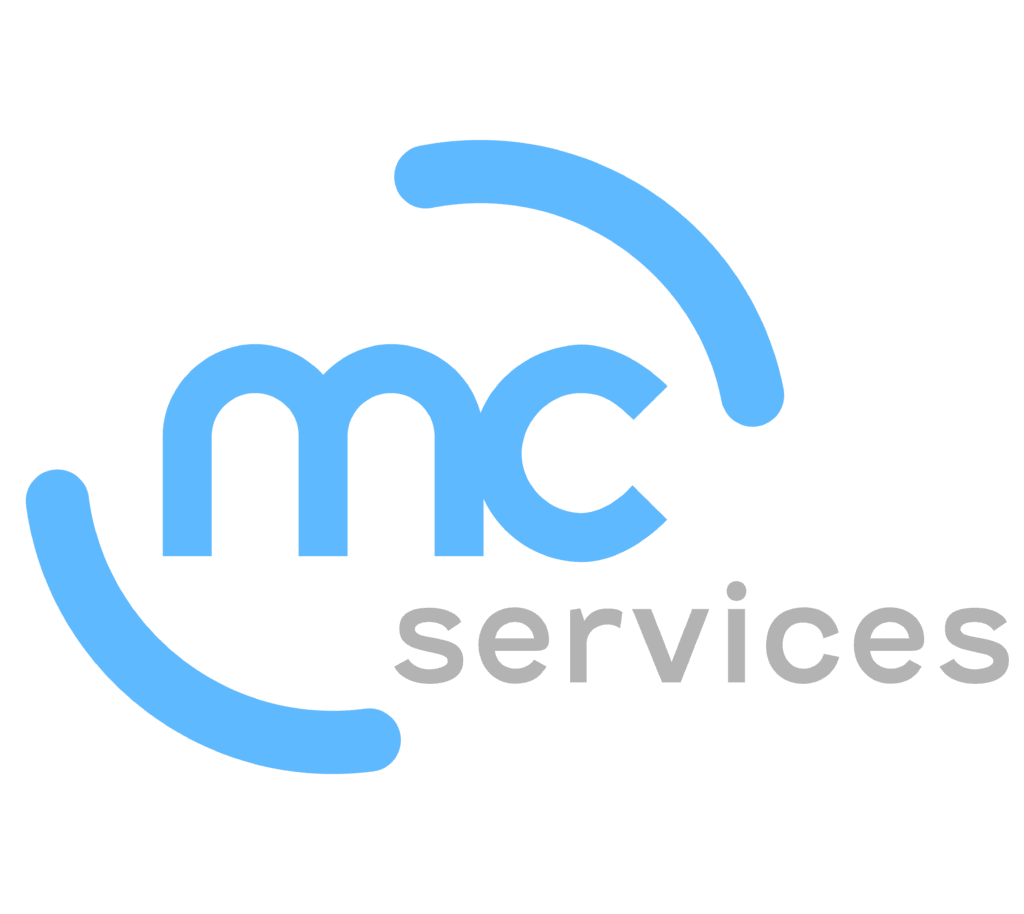Among the suite of new features expected to debut on Apple devices with the expected release of iOS 9.3 this month, perhaps none are more exciting to the business world than Shared iPad.
The function is presented on Apple's website as one of several educational tools designed to boost iPad adoption in classrooms, and is described on this page as a mode students could use to log into "any iPad in any classroom and make it their own." Essentially, what this means is that iPads running iOS 9.3 will for the first time support multiple user login, allowing unique operators to sign into the device and see their own set of apps and settings, much like multi-user options on desktop and laptop computers.
While the benefits of this functionality are quite clear for classrooms, allowing schools that cannot afford to supply one iPad per student to share resources without sacrificing confidentiality, Shared iPad mode could do even more to transform the way businesses use their tablets. While the bring-your-own-device trend has picked up steam and made for more one-device-one-user scenarios, Computerworld points out that there remain a number of contexts in which a shared device could be equally, if not more, useful.
"Retail, customer service, and hospitality are prime examples," writes Ryan Faas in an article in Computerworld. "Other environments like health care, sales, field service, architecture/engineering and design are areas where multiple professionals might work with a single pool of devices, but where user-specific apps, settings or content is necessary for effective use."
In these industries, maintaining privacy and personalization are key to making a shared device program work. At this stage, however, while individual users could change settings before and after each session, it is far too inefficient for most business units to consider making such arrangements routine. Multi-user functionality, however, would allow enterprise users to log into an iPad and instantly access their own, unique email and business-related apps and settings from cached storage. They could even pick up from where they left off on a home device, making after hours work or telecommuting much easier.
What's more, sharing a single tablet amongst several users would make expensive tablets like the iPad Pro more appealing to small businesses, as they could justify the cost of a single tablet as serving the needs of several staff members.
At this point, however, this feature is still set to be released specifically for education. However, as Faas observes, this represents a good testing ground for Cupertino to see how the functionality is used and how it can be improved upon before integrating it with Apple's existing enterprise infrastructure. For now, we can only hope it becomes standard on all iPads perhaps as soon as iOS 10.
For assistance designing or supporting an iPad deployment program for your organization, contact MC Services today.
